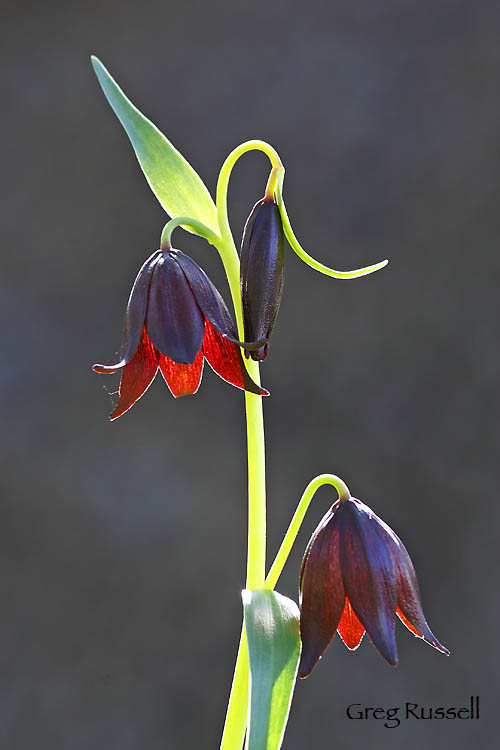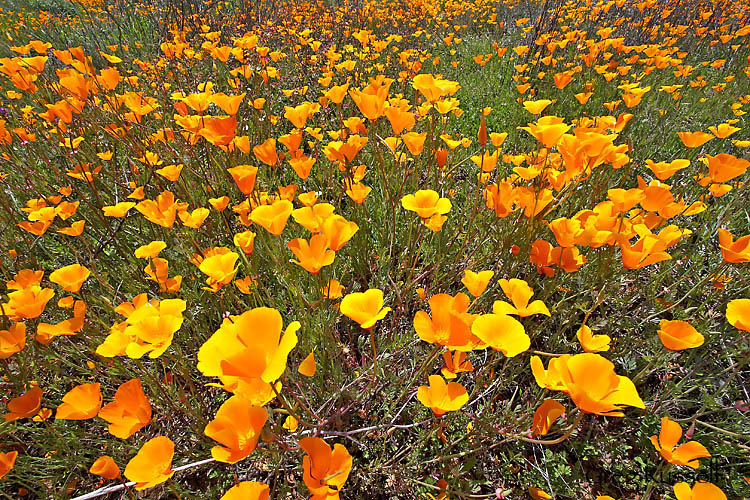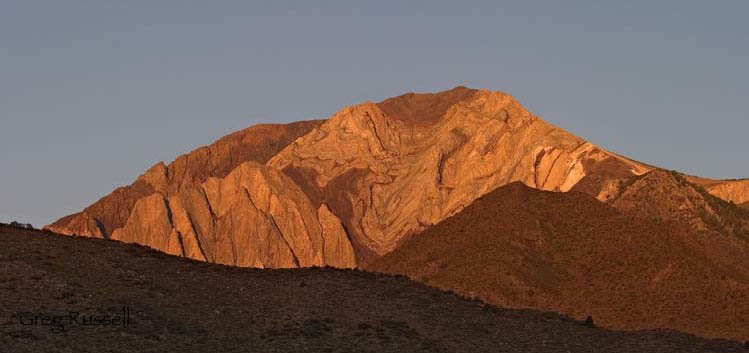If you’ve done much photography/camping/hiking/being outside at all, you’ve surely heard all of the nocturnal critters starting their nightly rounds shortly after the sun goes down. Have you ever wondered who is out there? Seeing them isn’t all that hard, but photographing them can be a little challenging, and often downright hilarious!
Last night, a friend and I went to the University of California’s Motte-Rimrock Reserve, near where we live. The Motte is prime habitat for Stephen’s kangaroo rats, Dipodomys stephensi. However, life for kangaroo rats is hard: they have to contend with rattlesnakes, owls (both great-horned and barn) as well as photographers with big cameras trying to take their picture!
Our method was pretty simple. We scattered a little bird seed near the rats’ burrows and waited for them to find it once the sun went down. It didn’t take long; within about 20 minutes after dark, “k-rats” were bombing the bird seed from the safety of their burrow. Seated about 20 feet away, my friend and I waited with a bright flashlight and our cameras.
Once a rat was comfortable with our presence, one of us would spotlight it, and the other one used the light to autofocus on the rat, and fired:
Its not too bad of a system to take turns doing this, and doesn’t take a lot of extra equipment. I shot my frames at f/8, ~1/60 of a second–it doesn’t really matter though because the flash will freeze the action.
After you get bored with the k-rats, its nice to look for other critters. While owls were flying around, they weren’t being conducive to being photographed. But, like I said, there are other creatures who seek k-rats. Locally we have a fairly large population of red diamond rattlesnakes (Crotalus ruber).
We found this fellow curled up alongside the dirt road, about 20 feet from us. It was clearly waiting for a meal:
The snake was very compliant, and gave us about 15 minutes to photograph it before it had had enough, and slithered back into the bushes.
After appreciating the creatures of the night, we headed home, allowing them to resume their nightly routine. Its always nice to experience new wildlife, it is important to make your impact as little as possible. No photograph is worth endangering an animal.
So, get out there and look at your favorite wilderness area in a whole new “light”!





